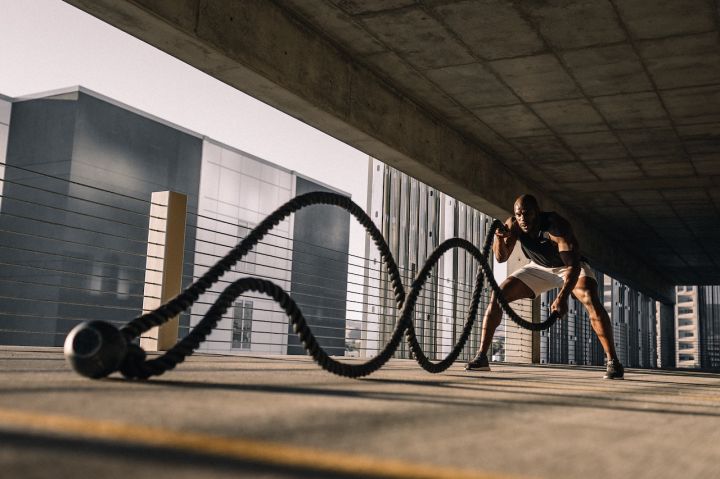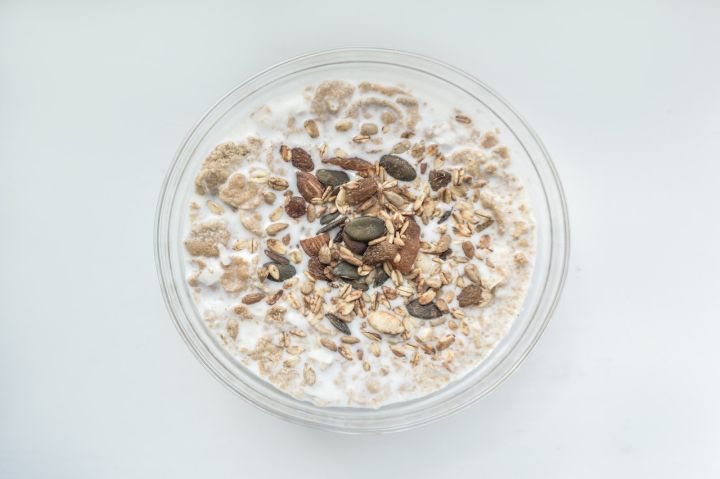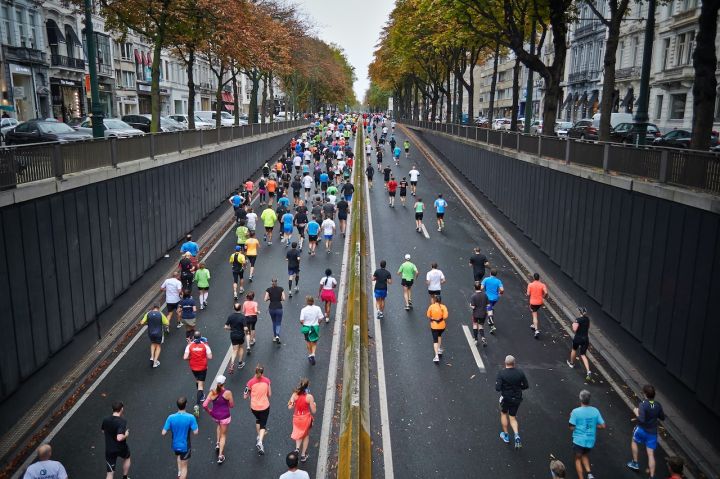anyone who loves fitness knows that there are many gyms in china that are not equipped with a deep squat rack, even the large fitness chains. Instead, they are replaced by the safer leg lift machine.

This machine looks really simple, but it seems that many people have not been able to understand which muscle is being trained with different foot positions and foot spacing. There are also "Confusing" Training behaviours such as huge weights with very little amplitude, locked knees, toe power and compensating for other parts of the body.

leg lifts
the leg raise is a valuable movement as it allows you to work both quads and hamstrings with very heavy weights without putting too much strain on your lower back. In addition, leg lifts are very common in gyms and unlike some special barbells or machines, and like all machines, leg lifts give you extra control over the weight compared to barbells or dumbbells.

although this last point is often seen as a disadvantage, the truth is - control allows you to better focus on stimulating the muscle tissue you want to recruit.
The key is to stimulate the muscles in the correct and precise manner. The following points need to be kept in mind.
1. It is essential to use the full range of motion and focus on quadriceps and over hamstring recruitment. The goal is to use a wide enough range of motion to allow good hip extension before knee extension (as in a deep squat).

however, there are pieces of equipment that can make this process quite difficult. You may need to adopt a wider stance, or rotate your toes slightly outward compared to what you would do in a deep squat to get the full amplitude of the leg raise.
2. Most people can accomplish a fairly high volume of training because the quadriceps are also heavily stimulated in daily life, while the usual back and core are relatively lightly loaded. For this reason, we recommend doing multiple sets of medium reps (8-12 reps) to high reps (15-20+ reps), using as much weight as can be managed. In other words, it's hard to overtrain on the leg lifts any harder.

3. It is recommended that you do not lock your knees out completely throughout the movement. This is because when you lock your knees out, the load on the leg muscles is in fact taken off, meaning that at the moment you are holding on with your joints, whereas not locking your knees out will also make the movement more difficult.
Again, there are many differences between the different machines, so if you can, try different machines to find the one that works best for your body.

leg lift variations
in addition to the benefits we have mentioned above, there are additional benefits to leg lifts as you can keep progressing and fresh with many variations.
1. Unilateral leg lifts: One leg at a time. This usually gives you a greater stroke of movement and also allows you to twist your body slightly so that your hips don't restrict the range of motion. This is a great tool if there is an imbalance in musculature or strength development between the left and right sides.

2. Foot position: On most machines, placing the feet higher will put more of a lateral focus on the hamstrings. Similarly, narrower foot spacing will put more emphasis on the quadriceps. We recommend trying them all to see which one works best for you.
3. Other variations: 1 count (full lowering, then pedal to halfway, then full lowering, then pedal to the highest point - this is once). You can also add extra resistance with an elastic band, or use tempo control (3 seconds down, 3 seconds up). All of these methods will make regular leg lifts more challenging.

light weight deep squat training program
let's look at a light weight program - one that improves quadriceps strength without requiring a lot of rest.
1. Front squats: Low reps are recommended. If you've ever tried a set of 10 reps of front squats you'll know this isn't fun. Instead, try 3-5 sets of 2-5 reps each, using 75-85% of a 1rm weight.

2. Leg raises: The front squat has already bombarded the core, but the core is actually limited in its ability, so leg raises are a great addition here to strengthen knee flexion and knee extension without core restriction. Complete unilateral, 3 sets of 8-12 reps each.
3. Romanian hard pull: The leg raise is a quadriceps-based movement, so for balance add the romanian hard pull. Light weights, do 2 sets of 12-15 reps each, focusing on the contraction stretch of the hamstrings rather than the weight.

4. Abs: Honestly, the front squat already does a lot of work for the abs and whatever abs movement is scheduled behind it.
This is not to say that leg raises should be used instead of squats. As a small addition to a training program, they are a great way to improve hip and leg strength, and will also improve squat and hard pull performance. Of course, this is only if the leg lifts are used correctly.
The leg raise is a great movement, the key is to use it smartly, that's how effective it is!





